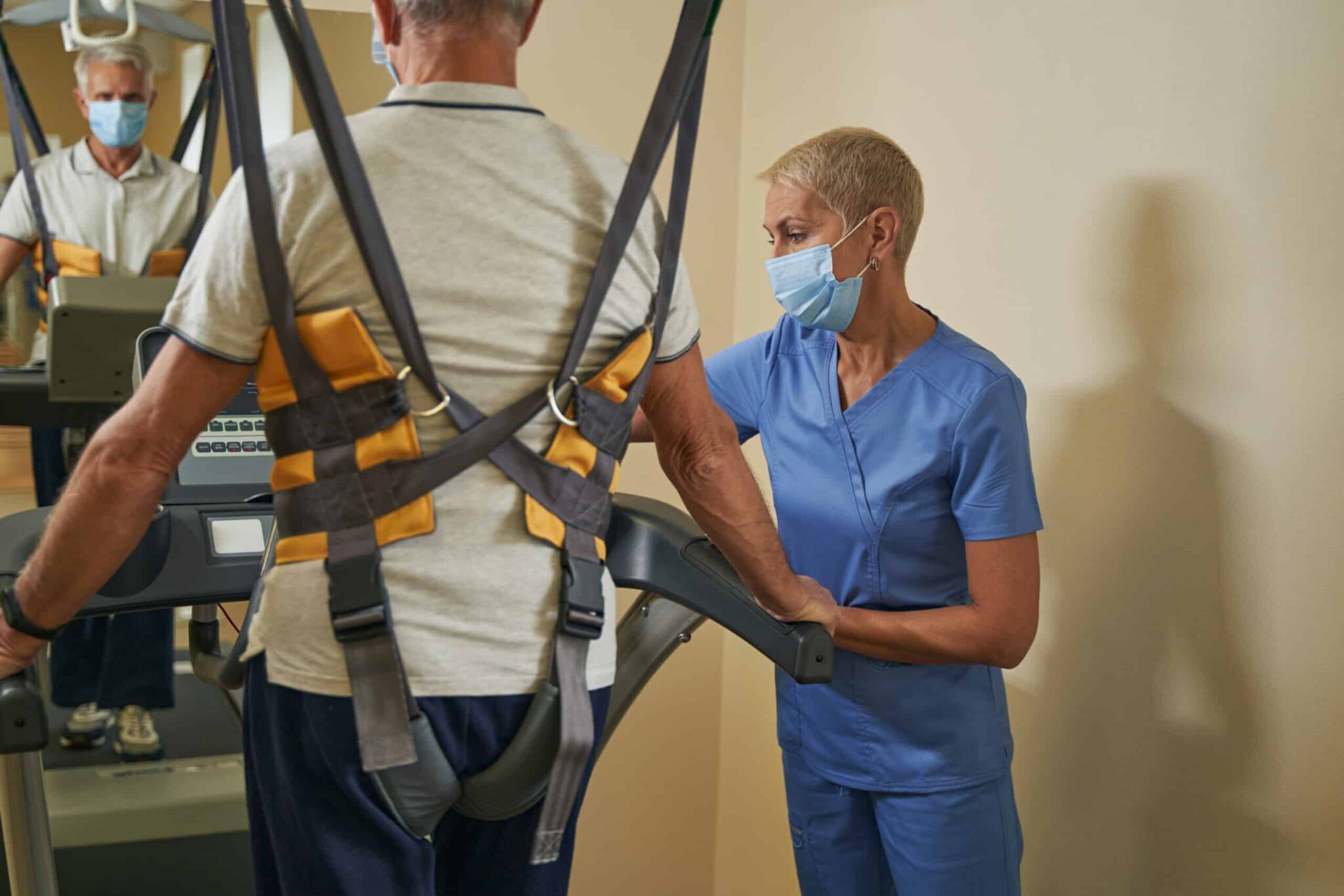Introduction
In times of emergency, the capability to do Cardiopulmonary Resuscitation (MOUTH-TO-MOUTH RESUSCITATION) can be the difference in between life and death. In Australia, understanding the CPR certification requirements is vital for any person wanting to end accessible first aid courses near me up being a licensed rescuer. This comprehensive guide will certainly delve into what you need to understand about CPR accreditation in Australia, consisting of training options, validity of certifications, age-specific standards, and more.
CPR Certification Needs in Australia: What You Need to Know
What is CPR?
Cardiopulmonary Resuscitation (CPR) is an emergency situation procedure executed when somebody's heart stops beating or they quit taking a breath. It incorporates chest compressions with rescue breaths to preserve blood circulation and oxygenation up until specialist clinical aid arrives.
Why is mouth-to-mouth resuscitation Important?
The critical significance of CPR can not be overstated-- it conserves lives. According to statistics from the Australian Resuscitation Council, instant CPR can increase or triple a victim's possibility of survival after heart attack.
Understanding CPR Certification
To become accredited in CPR, individuals must undertake training through identified companies. Qualifications usually consist of hands-on abilities technique and theoretical expertise regarding cardiac emergencies.
Types of mouth-to-mouth resuscitation Educating Available
Basic Life Support (BLS) vs. Advanced Life Assistance (ALS)
- Basic Life Support (BLS) concentrates on fundamental techniques including breast compressions and rescue breaths. Advanced Life Support (ALS) covers extra intricate treatments such as advanced air passage management and medication administration.
Online vs. In-Person Training
- Online mouth-to-mouth resuscitation certification deals adaptability but may lack hands-on experience. In-person courses offer useful abilities method vital for effective action in emergencies.
CPR Certification Process
Choosing a Training Provider
When seeking training, ensure that your selected service provider is certified by reputable companies like the Australian Resuscitation Council or St John Ambulance.
Course Duration and Content
Most standard programs last regarding 4 hours and cover:
- Adult CPR techniques Use of Automated External Defibrillators (AED) Recognition of heart attack signs
CPR Certificate Validity
How Lengthy Does a Mouth-to-mouth Resuscitation Certificate Last?
Typically, a CPR certification continues to be valid for 3 years prior to requiring renewal. It is essential to remain upgraded with the most recent methods and guidelines.
Renewing Your Certification
Renewal frequently includes taking a refresher course that reviews essential abilities and updates guests on any kind of changes in guidelines.
Age-Specific mouth-to-mouth resuscitation Standards Australia
Adult vs. Kid vs. Infant CPR Techniques
Different age require tailored techniques:
- For grownups, focus on compression depth and rate. For children, adjust compression deepness based on size. Infant CPR technique includes mild compressions and cautious ventilation.
Infographic: Age-Specific Techniques
|Age Group|Compression Depth|Proportion|| -----------|-------------------|-------|| Grownups|5-6 cm|30:2|| Youngsters|4-5 centimeters|30:2|| Babies|1.5 centimeters|30:2|
CPR Equipment in Australia
Essential Gear for Reliable Response
Having accessibility to correct CPR equipment aids successful resuscitation initiatives:
AEDs Pocket masks GlovesUsing AED with CPR in Australia
An Automated External Defibrillator can significantly raise survival prices when used alongside mouth-to-mouth resuscitation-- understanding how to use an AED effectively is important for each rescuer.
Common Misconceptions Regarding CPR
The Myth of "CPR Always Restarts Heart"
Many think that executing CPR will constantly restart a heart; nonetheless, this is misleading-- mouth-to-mouth resuscitation maintains blood flow until expert assistance arrives however does not guarantee revival.
Debunking Various other Misconceptions
Other myths consist of misunderstanding compression deepness or the efficiency cpr first aid training of rescue breaths versus hands-only methods; education plays a critical function in dispelling these falsehoods.
Special Circumstances in Executing CPR
CPR for Drowning Victims
Drowning victims frequently require instant rescue breaths as a result of their one-of-a-kind circumstances; recognizing this context enhances results significantly.
Sports-Related Cardiac Arrest Procedures
Recognizing signs details to professional athletes helps -responders act promptly-- education and learning regarding sports-related cardiac incidents is essential for instructors and fitness instructors alike.
Workplace Emergency Plans
Establishing Readiness at Workplaces
Every office should have an in-depth emergency situation plan that consists of provision for emergency treatment training like cpr and emergency treatment combo programs for employees.
Training Workers Effectively
Regular training sessions make certain personnel are prepared-- not only does this protect employees but additionally enhances overall work environment safety culture.
Frequently Asked Concerns (Frequently asked questions)
Q1: Just how do I find regional CPR classes?
A1: Neighborhood community centers or medical facilities often provide courses; websites of organizations like St John Rescue supply listings as well.
Q2: Can I obtain my qualification online?
A2: Yes! Numerous recognized companies supply online cpr certification, yet ensure it includes hands-on practice elements as well.
Q3: Exists a difference between adult and kid certifications?
A3: Yes! Programs particularly tailored for babies and youngsters concentrate on age-specific methods which vary from those instructed for adults.
Q4: Just how commonly should I renew my certification?
A4: Usually every three years; nevertheless, staying updated yearly with refreshers is very advised offered advancing guidelines.
Q5: Exist any particular legislations concerning obligatory training?
A5: While regulations might vary by state or area, numerous work environments are needed by legislation to have educated initial -responders available on-site throughout working hours.


Q6: What data support the effectiveness of CPR?
A6: Researches indicate that instant bystander-administered mouth-to-mouth resuscitation can boost survival rates from heart attack substantially-- typically doubling possibilities of client healing compared to no intervention at all.
Conclusion
Understanding the ins and outs of the CPR accreditation demands in Australia encourages people across different markets-- from health care professionals to daily people-- to act decisively throughout emergency situations. With proper training, awareness of age-specific guidelines, understanding regarding devices such as AEDs, and familiarity with typical misconceptions bordering resuscitation efforts, one can really make a distinction when it matters most. Whether you're thinking about enrolling in neighborhood courses or checking out online options like online mouth-to-mouth resuscitation certification, keep in mind that each step taken towards becoming licensed contributes towards saving lives-- an honorable quest indeed!